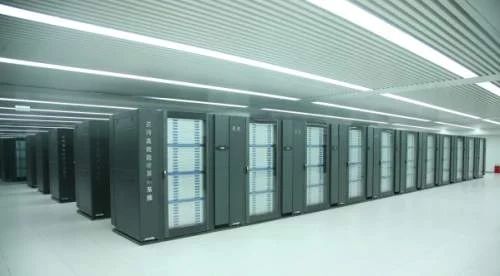Researchers at the Chinese Academy of Sciences (CAS) have announced a record-breaking simulation on the Tianhe-1A GPU supercomputer.
According to Nvidia spokesperson Andrew Humber, scientists ran a complex molecular dynamics (MD) simulation on all 7,168 of the Tianhe-1A’s Tesla GPUs to achieve an impressive rate of 1.87 petaflops, or the same same performance as 130,000 laptops.

“These scientists are simulating the structure of crystalline silicon which is used in solar panels and also in the semiconductor industry,” he explained.
“And they were able to accomplish this world’s fastest MD simulation by writing just 2,000 lines of CUDA code.”
Humber also noted that Beijing is interested in expanding its current manufacturing-based economy to include product design and other technologically advanced capabilities.
“Supercomputing enables better science and engineering, which in turn leads to higher quality product design along with faster manufacturing and reduced costs.
“Policy makers in China realize that supercomputing is a fundamental tool in the global competition for economic growth and are pursuing GPU-based supercomputers to [accomplish] their goals,” he added.






